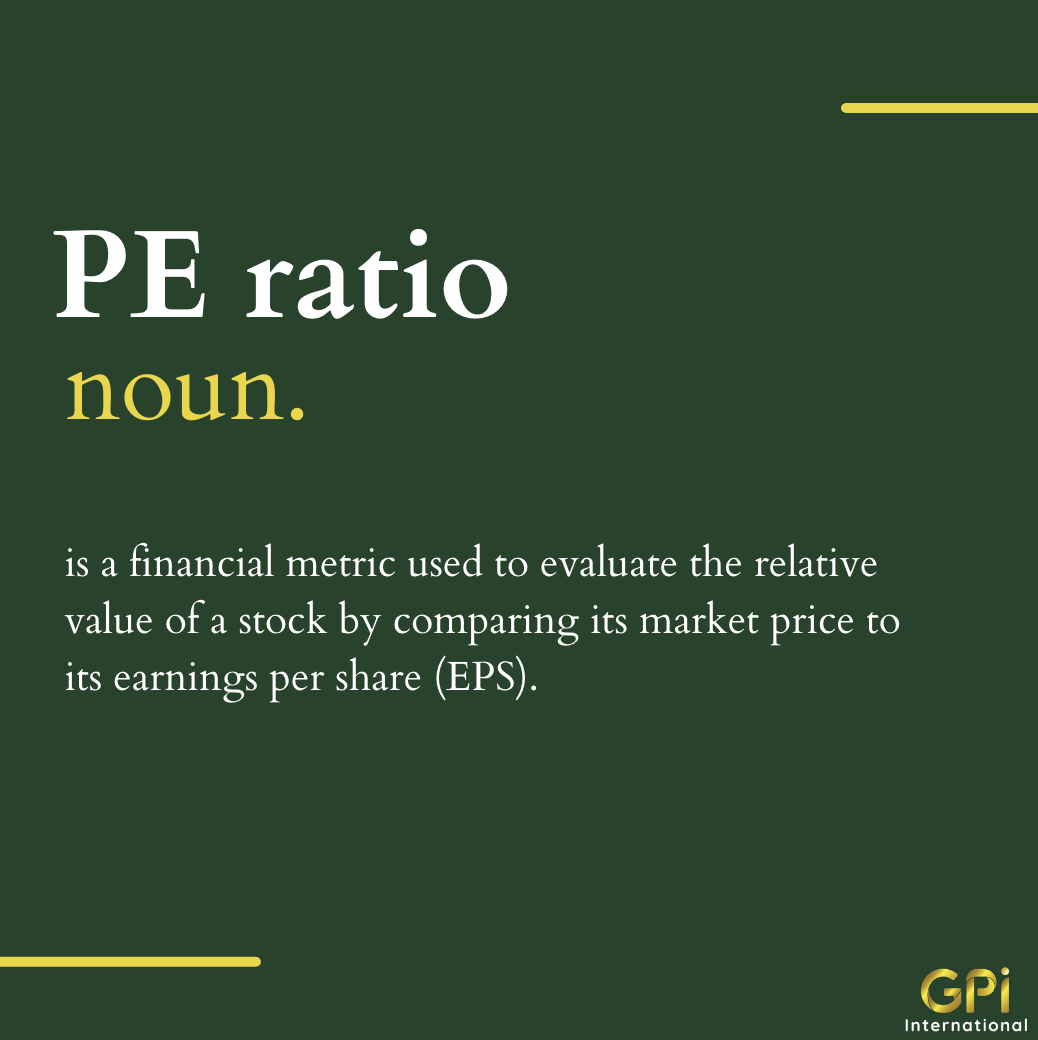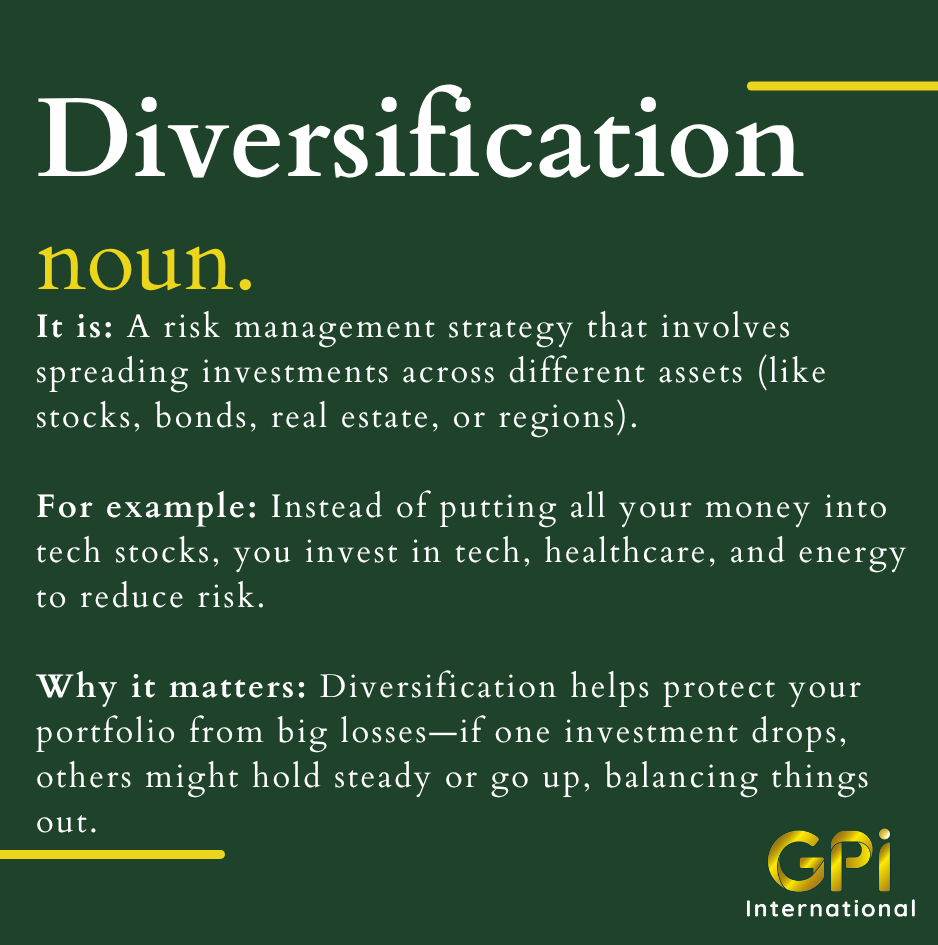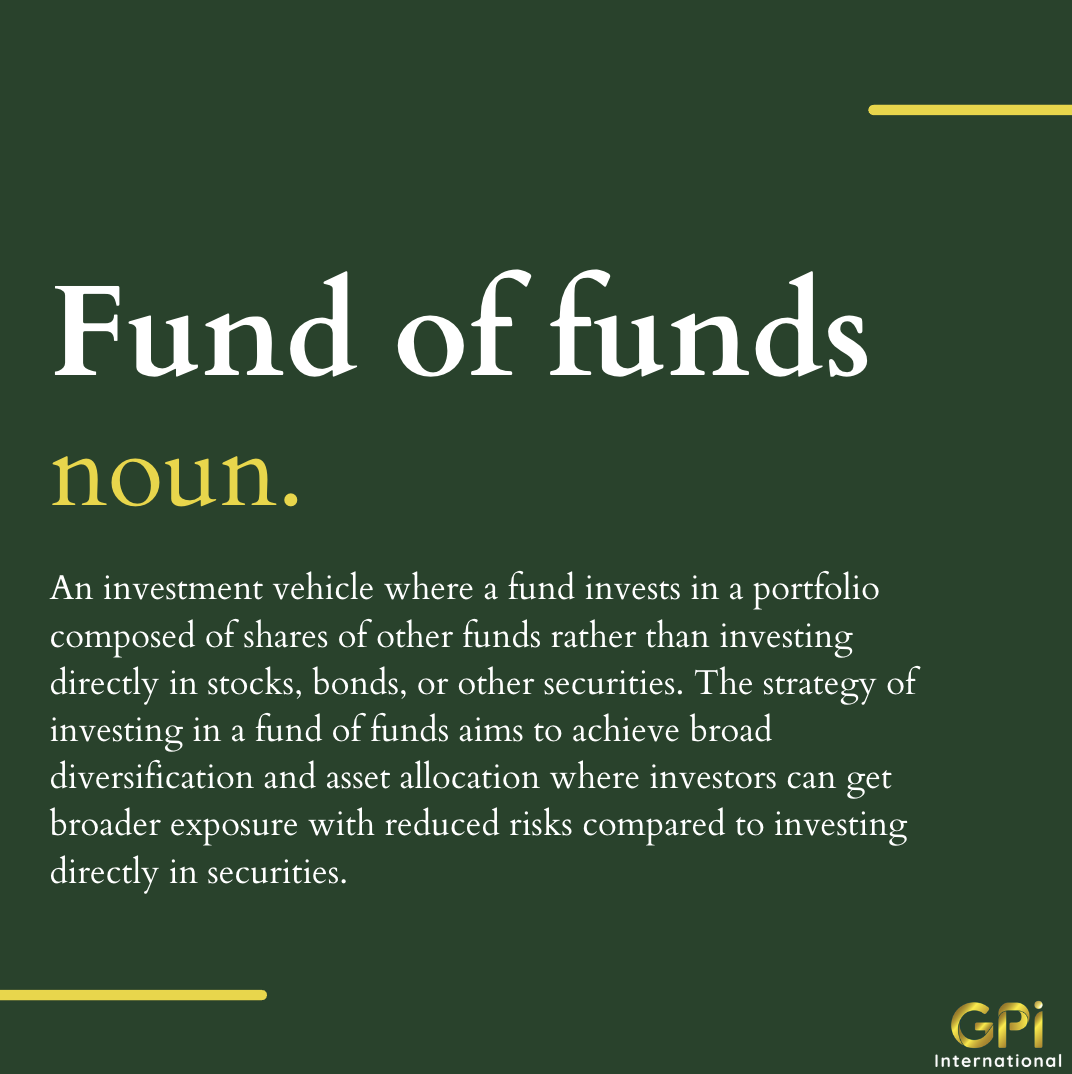PE ration
The Price-to-Earnings (P/E) ratio is a financial metric used to evaluate the relative value of a stock by comparing its market price to its earnings per share (EPS). It is calculated by dividing the market price of a stock by its EPS for a given period. The P/E ratio reflects the market’s expectation of a company’s future earnings growth and can provide insight into the perceived valuation of a stock.
Mathematically, the formula for calculating the P/E ratio is: P/E Ratio = Market Price per Share / Earnings per Share (EPS) For example, if a stock is currently trading at $50 per share and has an EPS of $2, the P/E ratio would be 25 (50/2). This means that investors are willing to pay 25 times the company’s current earnings for one share of the stock.
Here are some examples of P/E ratios and their implications:
High P/E ratio: a stock with a high P/E ratio may indicate that the market has high expectations for the company’s future earnings growth. It could suggest that the stock is perceived as overvalued, and investors are willing to pay a premium for anticipated earnings growth. For instance, if a stock has a market price of $100 per share and an EPS of $5, the P/E ratio would be 20 (100/5). This high P/E ratio could imply that investors have high expectations for the company’s future earnings growth.
Low P/E ratio: a stock with a low P/E ratio may indicate that the market has lower expectations for the company’s future earnings growth or that the stock is undervalued. For example, if a stock has a market price of $50 per share and an EPS of $10, the P/E ratio would be 5 (50/10). This low P/E ratio could suggest that the stock is trading at a discount relative to its earnings, making it potentially attractive to value-oriented investors.
Negative P/E ratio: in some cases, a company may report negative earnings, resulting in a negative P/E ratio. This can occur when a company has losses or has recently gone public and has not yet generated positive earnings. For instance, if a stock has a market price of $30 per share and an EPS of -$2, the P/E ratio would be -15 (30/-2). A negative P/E ratio may indicate that the company is not currently profitable or has negative earnings, and investors should exercise caution and thoroughly evaluate other factors before making investment decisions.
It’s important to note that P/E ratio should not be the sole factor for making investment decisions, and other fundamental and qualitative factors should also be considered to get a comprehensive view of a stock’s valuation and potential investment opportunities.






